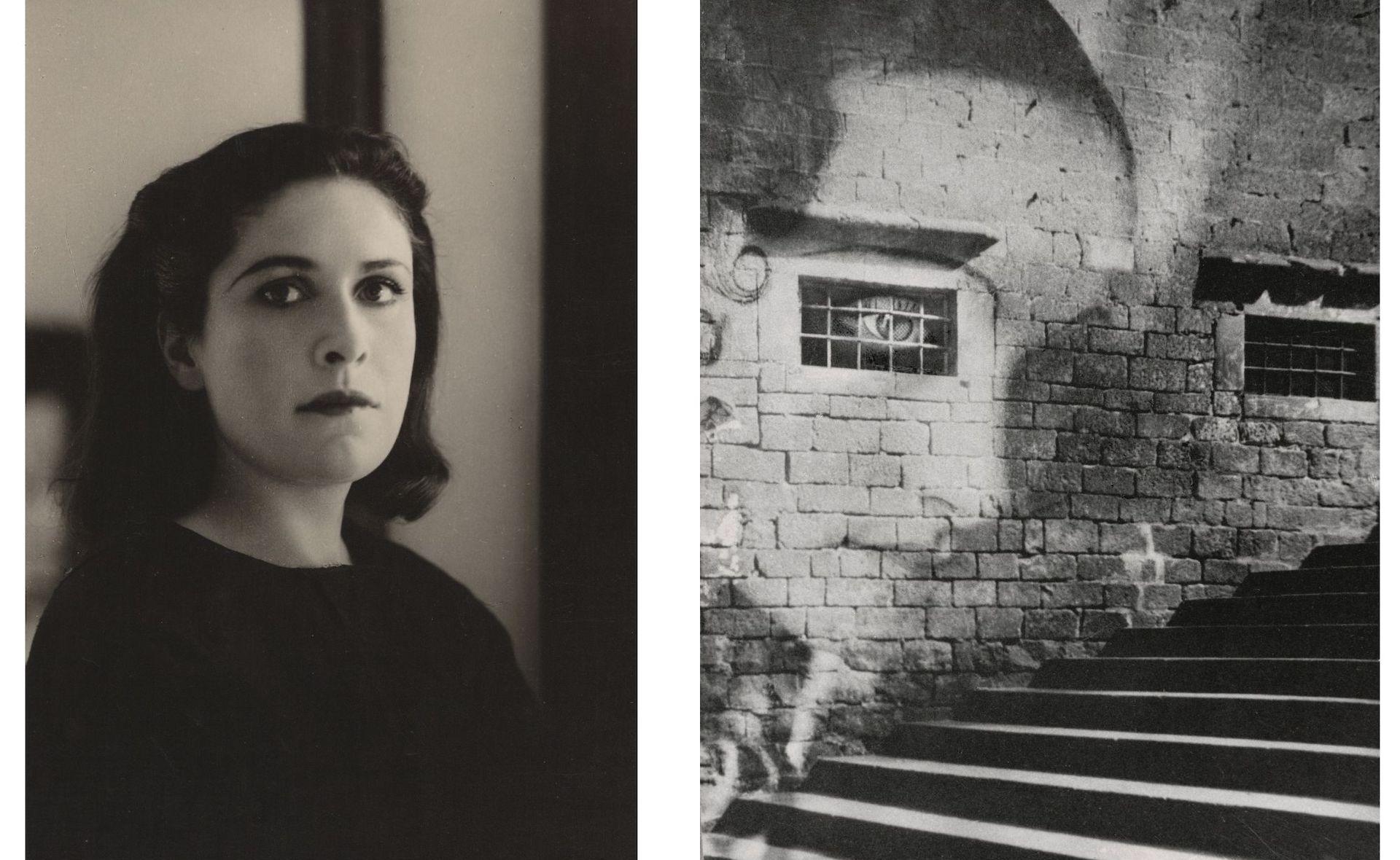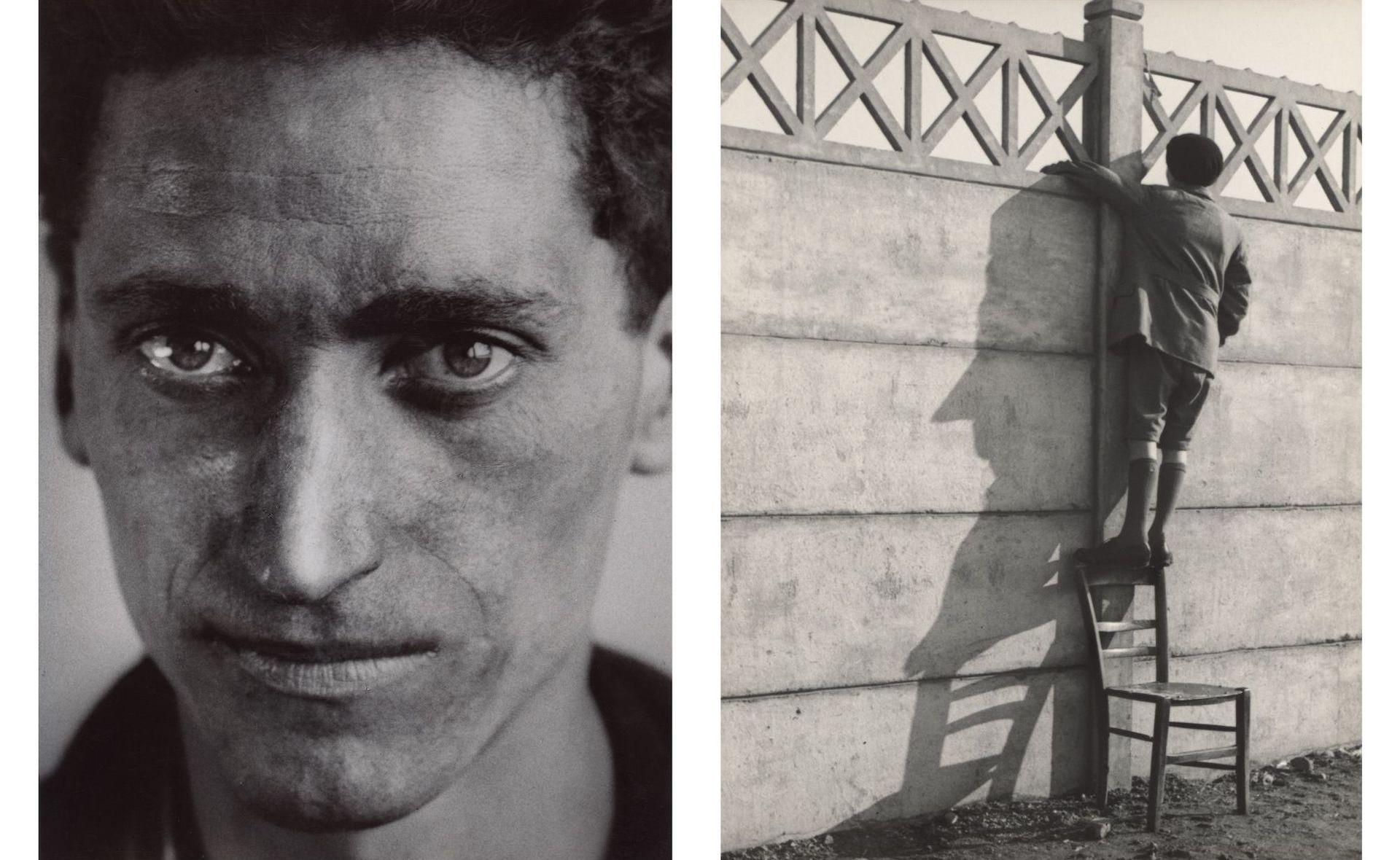Constitution Ave. NW, Washington, DC 20565
During the 1920s, the iconic New Woman was splashed across the pages of magazines and projected on the silver screen. As a global phenomenon, she embodied an ideal of female empowerment based on real women making revolutionary changes in life and art. The groundbreaking exhibition explores the diverse "new" women who embraced photography as a mode of professional and personal expression from the 1920s to the 1950s, featuring 9 Hungarian women photographers from October 31 in Washington DC.

Left: Rogi André - Dora Maar, 1941, silver gelatin, Robert B. Menschel and the Vital Projects Fund, Right: Kati Horna - Subida a la catedral, 1938, silver gelatin, Alfred H. Moses and Fern M. Schad Fund © Ana María Norah Horna Fernández
The first exhibition to take an international approach to the subject, it examines how women brought their own perspectives to artistic experimentation, studio portraiture, fashion and advertising work, scenes of urban life, ethnography, and photojournalism, profoundly shaping the medium during a time of tremendous social and political change.
Hungarian photographers on view in Washington are Olga Máté, Anna Barna, Rogi (Rosa Klein) André, Kati Horna, Eva Besnyő, Kata Kálmán, Márta Aczél, Ergy Landau, and Judit Kárász.
The exhibition is curated by Andrea Nelson, associate curator in the department of photographs, National Gallery of Art, Washington. Read our interview with curator about the lives of the extraordinary female photographers here.

Left: Kata Kálmán - Ernő Weisz, 23-Year-Old Factory Worker, Budapest, 1932, silver gelatin, Patrons' Permanent Fund, Right: Anna Barna, Onlooker, 1930s, silver gelatin, Robert B. Menschel and the Vital Projects Fund, National Gallery of Art, Washington
